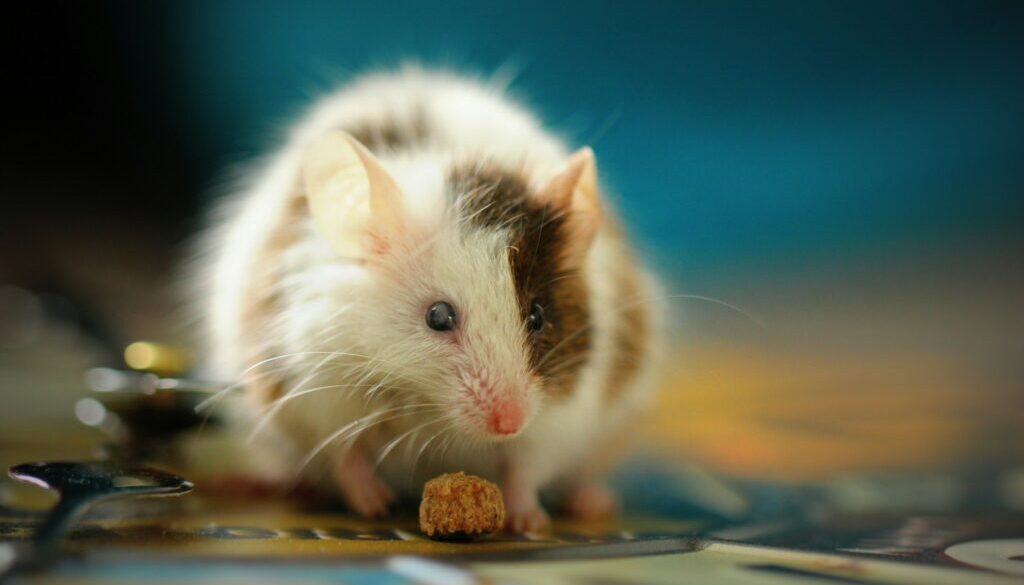Early exposure to toxic TCDF messes with gut bacteria later in life, finds study in mice
Early-in-life exposure to a common toxic chemical found in some foods and in breastmilk may disrupt healthy bacteria in the gut and increase a person’s risk for developing various diseases later in life, according to a new animal study.
The findings, published Aug. 14 in the journal Environmental Health Perspectives, may shed light on the link between childhood exposure to persistent organic pollutants (POPs) and widespread obesity and diabetes in adults, according to the authors.
More than 460 million people worldwide have diabetes, while global obesity levels have tripled since 1975. One in three US adults and one in six children are considered obese, according to a 2023 report.
“This study emphasizes the importance of the microbiome as a key target of early life environmental pollutant exposure,” the paper states. Exposure to the children can occur before birth when pregnant women are exposed to the chemicals as well as after birth through breastfeeding.
Although previous research has identified correlations between exposure to POPs and obesity and type 2 diabetes, the microbiome’s role has not been clear, according to the study.
The researchers fed infant mice pills containing the chemical 2,3,7,8-tetrachlorodibenzofuran (TCDF) for five days, collecting data on their gut microbiomes right after the mice were fed the last dose and again three months later, when they had reached young adulthood. Compared to a control group that was not fed TCDF, the mice had higher body weight and glucose intolerance – a hallmark of diabetes – long after they ingested the chemical.
The researchers also measured lower levels of two bacteria species important for gut health in the mice fed TCDF when they were four months old, as well as markers of immune problems and inflammation in the intestines.
“A similar observation has been reported in antibiotic studies, demonstrating long-term effects of early life antibiotic use on gut microbiota in adulthood even in the absence of drug exposure in adulthood,” the authors state in the paper.
One bacterial species disrupted by TCDF, Akkermansia muciniphila, also lives in the human intestinal tract and is considered important for metabolism and the immune system. Previous research in mice has suggested that this bacteria counteracts inflammatory bowel disease, obesity, and diabetes.
The study has several limitations, including the dose of TCDF fed to the mice, which was high compared to doses of the chemical humans are typically exposed to, according to the authors.
“However, we can use this information to identify new toxicity high points, including in the gut microbiome, and begin to extrapolate what might happen at even lower doses,” Andrew Patterson, a molecular toxicologist at Penn State University and an author of the study, said in a press release
TCDF is one of many types of POPs that include a range of harmful pesticides and industrial chemicals, including per- and polyfluoroalkyl substances (PFAS) that don’t break down naturally and accumulate in humans and the environment.
Dichlorodiphenyltrichloroethane (DDT), the toxic insecticide famously featured in Rachel Carson’s Silent Spring, is also a POP. A 2021 study found higher risk for obesity and early menstruation in the granddaughters of women who had been exposed to the chemical, supporting the idea that health problems linked to DDT may be passed on through several generations, potentially boosting obesity rates about 40 years after DDT was banned.
POPs are found all over the world and are consistently detected in humans through exposure in our diets, the air we breathe, and the household products we use. They have been linked to health problems including cancer, liver damage, decreased fertility, asthma, and thyroid disease.
While the presence of some POPs has begun to decline, such as, they have been quickly replaced by new ones, according to a recent study conducted in 42 countries by the United Nations Environment Programme (UNEP).
“POPs remain omnipresent, despite efforts to reduce their use and production,” Andrea Hinwood, Chief Scientist for UNEP, said in a statement.
(Featured image by Sandy Millar on Unsplash.)
 EWG
EWG


